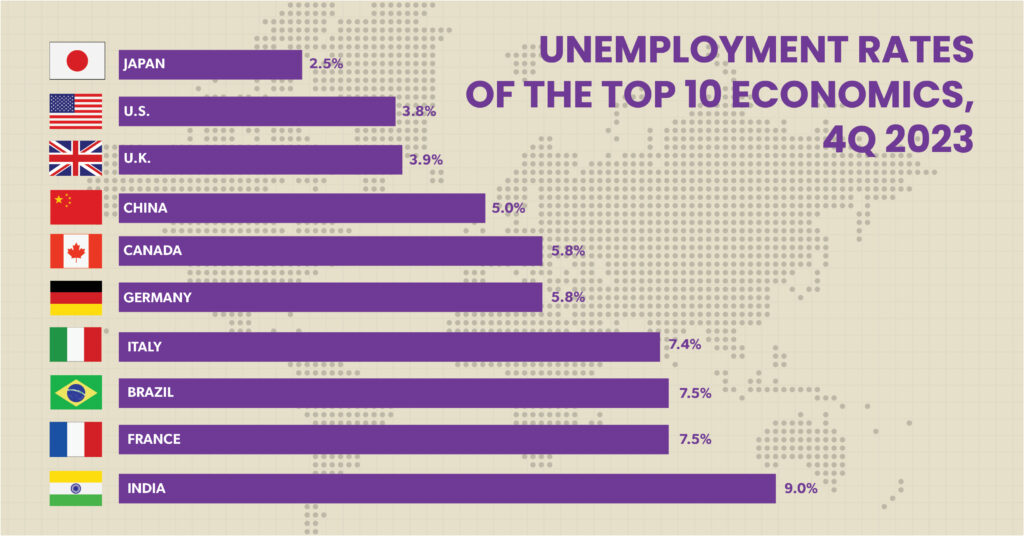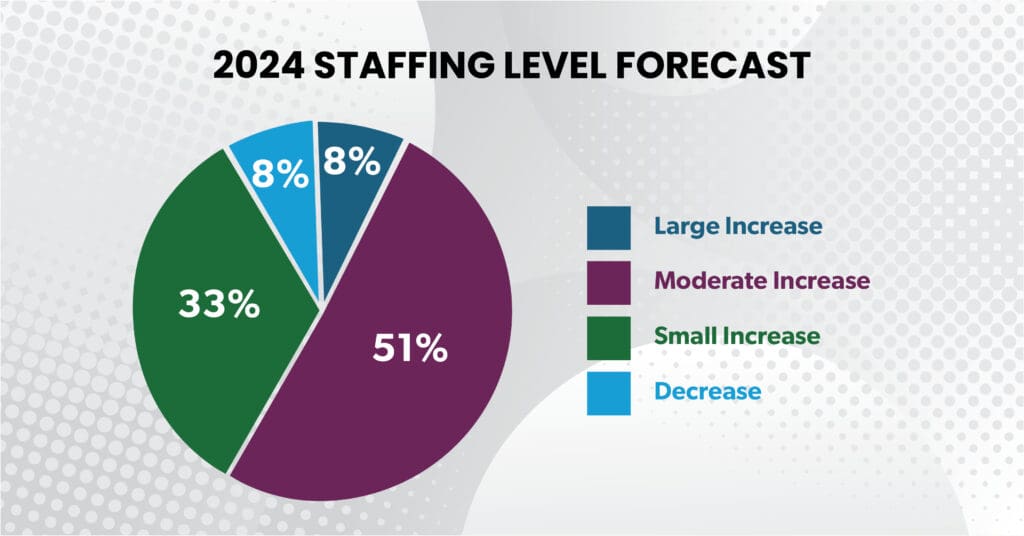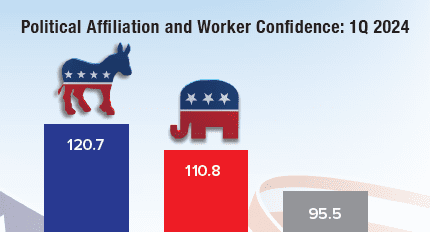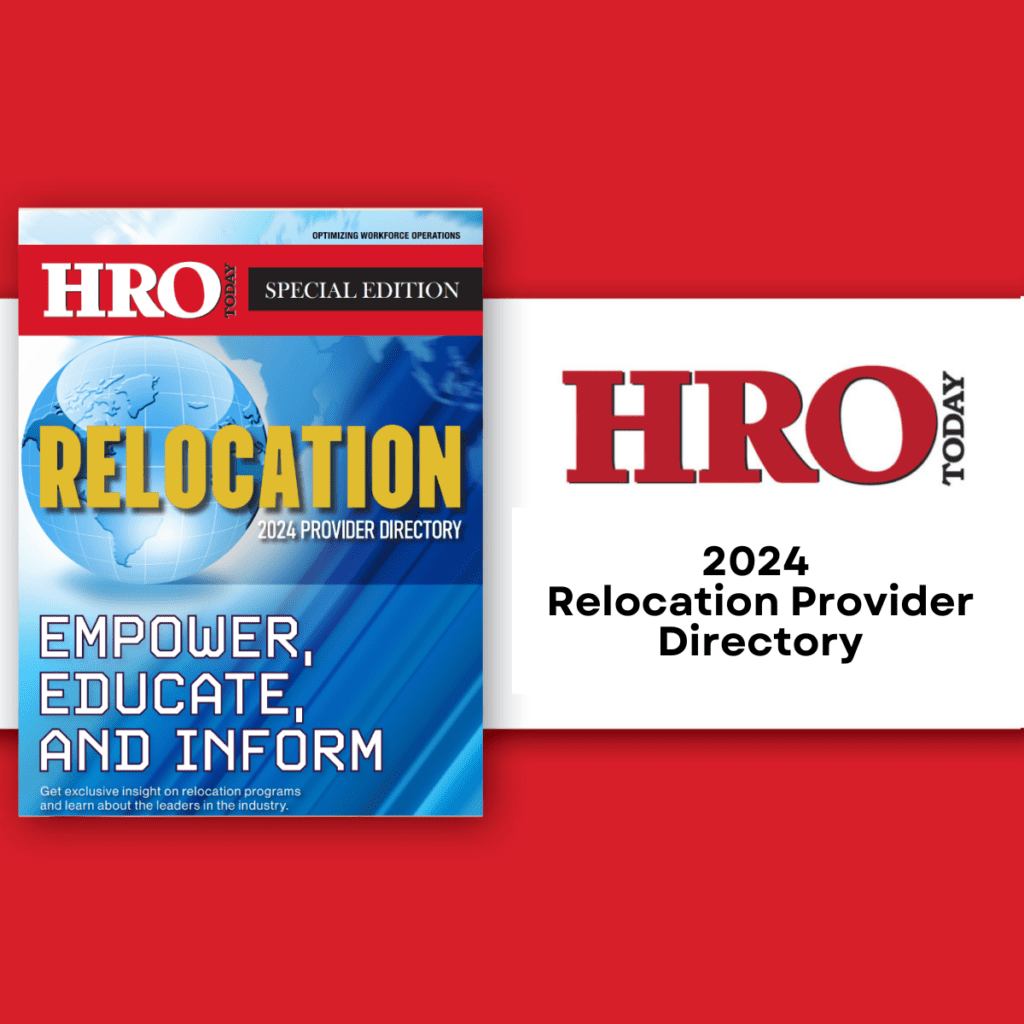Flexibility reigns supreme when relocating in today’s dynamic talent landscape.
A growing, vibrant business must be nimble and able to respond to changes in the marketplace. An essential element for success is the ability to find and place talent where an organization needs it. To support this, HR professionals must create effective mobility policies and processes, even during a global pandemic. Here, Mark Woelfel, CRP, GMS, Senior Vice President, Global Client Services for CapRelo, shares best practices for a flexible, successful relocation program.

A: Once the COVID-19 pandemic began, large portions of employees moved out of the office to support social distancing. One side effect was that many employees moved to new locations. In fact, about 1 out of 5 Americans have either relocated due to the pandemic or know someone who has.
Today, vaccinations have started to change the global landscape again. Air travel is increasing within the US, and various nations are wrestling with when and how to open their borders to greater international mobility. At the same time, many staff have decided to change the direction of their careers during the pandemic, or have opted to withdraw from the workforce. Despite rising wages, there is very real competition for key talent that will extended into the foreseeable future.
In a transitioning world, HR and global mobility managers can gain competitive advantages through outstanding global mobility programs and policies -focusing on the employee experience, caring for their well-being, and offering opportunities for efficiencies and savings to the company.
Q: What are some important relocation trends?
A: CapRelo and HR.com’s report, Creating a More Flexible Employee Mobility Experience, finds that organizations are struggling with aspects of their relocation processes and policies. Based upon a 10-point scale, only about half give their organizations high marks (a 10, 9, or 8) in the areas of employee satisfaction or level of support. Fewer give high marks in areas of flexibility (46%) or equity (48%).
The report also reveals several other key points:
- HR leaders need to redesign their relocation initiatives with flexible options to facilitate greater diversity, equity, and inclusion.
- Nearly half (48%) of respondents expect virtual assignments to increase a little or a lot over the next two years when compared to pre-pandemic.
- Face-to-face interviews directly after relocation, retention and turnover rates, and a survey directly after completion of relocation are the most effective ways to assess the success of global mobility.
- The need for specialized skills is the top driver of relocation. And as the last couple of years have proven, upskilling and reskilling as well as nurturing the high potentials will be critical to organizational success.
- Nearly half (47%) of respondents said that employees are initiating relocations at record levels. Providing value for partners would also enhance employee experience and benefits/values.
Q: What are today’s transferees looking for?
A: It all boils down to variety, flexibility, and satisfaction. Companies that employ a relocation management company (RMC) are likely to include a wider variety of options, including U.S. domestic full-service (with or without home sale), lump sum, and core flex to name a few. These policies support employee flexibility and enhance employee experience, while helping the company bottom line by supporting the employee choice versus overspend. Additionally, this level of flexibility supports DEI&B initiatives to support all assignees equitably. Employees stay with organizations when they are engaged, appreciated, and satisfied. Organizations that use an RMC appear to view relocation more positively than those that do not . They are more likely to agree or strongly agree that global and/or domestic mobility is:
- encouraged (60% versus 42%);
- initiated by employees (48% versus 42%);
- initiated by the employer (84% versus 74%);
- seen as a positive opportunity (68% versus 65%); and
- standard for qualified employees (44% versus 34%).














